
We manage waste in compliance with applicable regulations, according to the Merdeka Waste Management Policy. Consistently, we documents and implements the transportation, handling, storage, and disposal of waste in accordance with established procedures.
Merdeka Group adopts a mitigation hierarchy, including the prevention and minimization of impacts from hazardous and toxic waste, non-hazardous waste, and domestic waste on employees, affected communities, and the surrounding environment.
The Merdeka Group routinely produces solid waste, both B3 and non-B3. B3 waste is managed according to B3 Waste Management Procedures, either internally or by sending it to processing facilities licensed by the Ministry of Environment and Forestry. Non-B3 waste is managed according to Non-B3 Waste Management Procedures, which include handling, collecting, dispatching, and transporting domestic waste to Temporary Storage Facilities for utilization by third parties. All non-recyclable non-B3 waste is collected at Temporary Storage Facilities.
For non-degradable non-B3 waste, we apply the 3R principles (Reduce, Reuse, Recycle). This is done internally by each mining operation or through collaboration with licensed third parties and local communities. For example, food waste is used as animal feed and for maggot farming by the Tujuh Bukit Gold Mine‘s community group, which received an award in 2024.
Although we did not have tailings storage facilities in 2023, we established a tailings management policy to ensure that tailings are managed and disposed of safely and responsibly. This policy includes the development and implementation of best practices, focusing primarily on minimizing negative impacts on workers, communities, and the environment.
We will actively involve stakeholders throughout the tailings lifecycle, promoting effective communication, knowledge sharing, and educational initiatives on efficient tailings management. A key aspect of our commitment is conducting independent reviews at each stage of tailings management, from design and construction to operation and facility closure. With this approach, we ensure that tailings management practices at Merdeka always meet the highest standards and are carried out with rigorous and impartial assessment.
We have a complaint mechanism, procedures, and infrastructure to handle waste leaks as a mitigation measure for environmental incidents. The Emergency Response Team is tasked with mitigating incidents involving hazardous and toxic waste (B3).
For more on our waste management, read our 2023 Sustainability Report, page 55-59.



